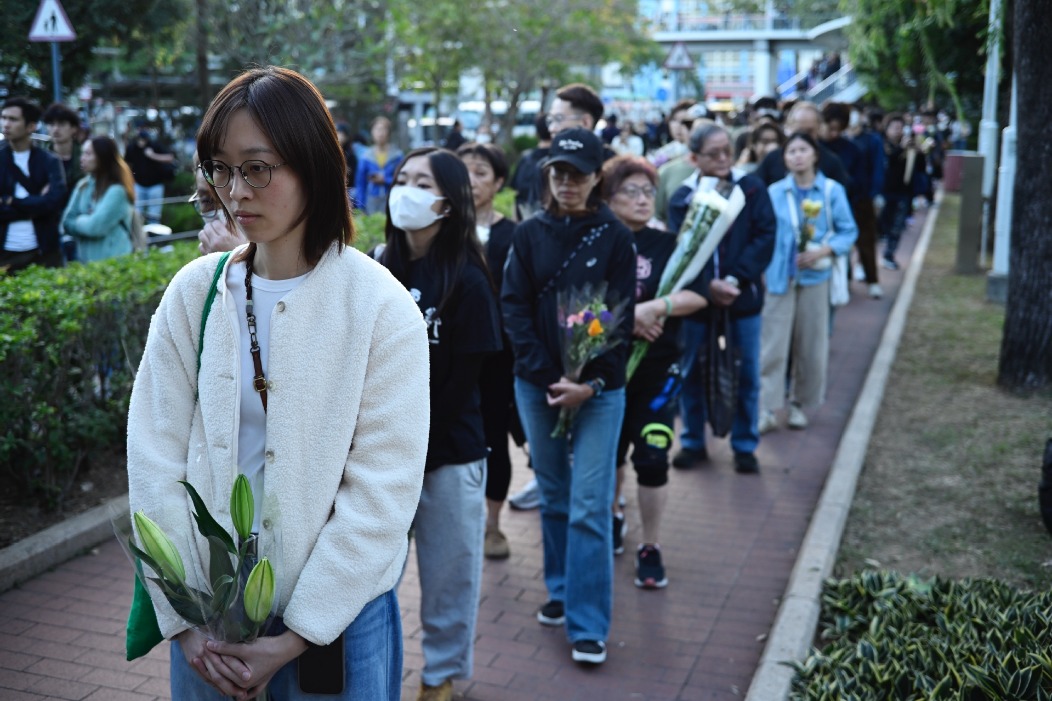China issues emergency response for high temperatures


China Meteorological Administration activated a level IV — the lowest level in a four-tier system — emergency response for high temperatures on Friday as scorching heat and heavy rains are forecast to hit large parts of the country in the coming days.
The administration said that multiple major observatories in Beijing, Tianjin, as well as Hebei and Shandong provinces registered record-shattering temperatures on Thursday.
Early morning on Friday, the National Meteorological Center renewed an orange alert for high temperatures — the midlevel of a three-tier, color-coded warning system.
The administration forecast that heatwaves will continue for 10 days in Beijing, Tianjin and other parts of North China, as well as some regions in Henan and Anhui provinces.
It has urged regular monitoring, cross-regional coordination and consistent forecast and early warning services to handle the severe heat, and required authorities in affected regions, such as Beijing, Tianjin, as well as provinces of Hebei, Shandong, Henan, and the Inner Mongolia autonomous region, to initiate or adjust local emergency response levels based on local situation.
Beijing, the capital, upgraded its warning for hot weather to red, the highest level, on Friday morning. It was the first time for the city to issue the highest alert since adopting the new categorization protocol in June 2015.
In the meantime, the National Meteorological Center renewed a yellow alert — the lowest level in the color-coded system — for rainstorms on Friday morning. Heavy rains are projected to hit parts of the Guangxi Zhuang autonomous region, as well as provinces of Zhejiang, Anhui, Jiangxi, Fujian, Guangdong and Yunnan Saturday morning.
- Consumer complaints rise over AI customer service failures
- Zhejiang authorities probe death of child in hospital
- China moves to reduce childcare costs
- High-altitude discovery sheds light on early settlers of Qinghai-Tibet Plateau
- Beijing seminar studies legal systems of Francophone countries
- Approved private vehicles now permitted direct access to Hong Kong





































